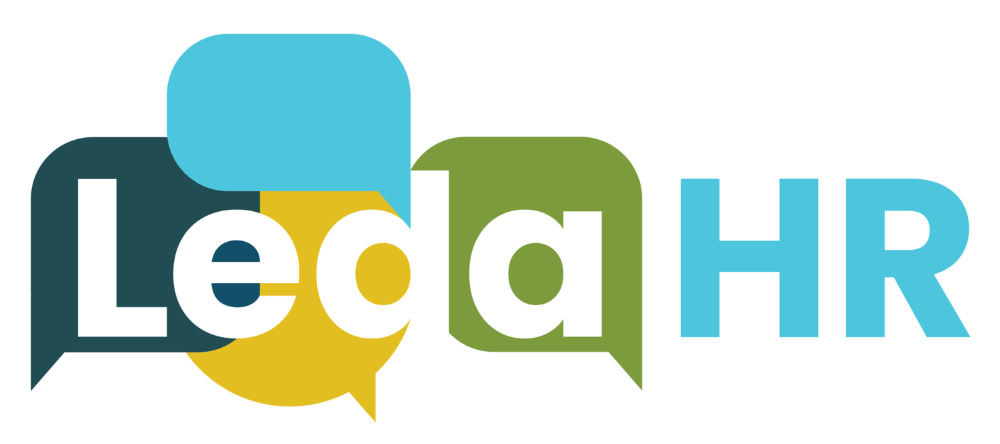2.5.5: Suicide Awareness
If you, a colleague or an employee are having thoughts of suicide, this is a mental health emergency.
Please contact a loved one, a trusted colleague or call/text Canada’s Suicide Crisis Helpline: 9-8-8
Defining Suicide1
Suicide is a topic that few want to talk about – and certainly not in the workplace. But by talking about difficult topics like mental illness, we can start to shine a light on an important social issue, remove the stigma and save lives. Suicide can be prevented.Suicide is defined by the Centre for Addiction and Mental Health (CAMH) as “The act of intentionally causing one’s own death (…). [It] is often related to complex stressors and health issues. Suicide occurs across all ages, incomes, ethnicities and social factors.”
The distress associated with mental disorders can be so intense that a person experiencing one or multiple illnesses might see no way out of their pain other than through death by suicide.
 It is important to note that those who attempt suicide often don’t want to die; they just want their pain to stop.
It is important to note that those who attempt suicide often don’t want to die; they just want their pain to stop.Facts About Suicide2
- About 4,000 Canadians die by suicide every year.
- Suicide is the second-most common cause of death among young people. However, men in their 40s and 50s have the highest rate of suicide.
- While women are three to four times more likely to attempt suicide, men are three times more likely to die by suicide.
Risk Factors3
Not everyone who experiences mental illness has thoughts of death or attempts suicide. Here are some risk factors:- Serious physical or mental illness.
- Addiction or substance use challenges.
- A major loss, such as the death of a loved one.
- Major life changes or transitions, such as retirement, unemployment or divorce.
- Work stress.
- Social isolation or lack of a support network.
- Family violence.
- Family history of suicidal behaviour.
- A previous suicide attempt.
Protective Factors
Some factors may help to reduce the chance of suicide and to recover faster from a mental illness. Examples of protective factors include:4- A supportive social network.
- Positive coping skills.
- A positive relationship with a health care provider.
- A sense of responsibility for others or having pets.
Recognize the Signs
The following signs may help you to recognize if a colleague, employee or loved one is considering suicide:5- Sudden changes in mood or behaviour.
- A sense of hopelessness or helplessness.
- Increased substance use/abuse.
- Withdrawal from people and activities they previously enjoyed.
- Making preparations for their death (e.g. drawing up a will or giving away prized possessions).
- Statements to the effect that they want to die or end their life.
Employer’s Legal Responsibility
In Canada, employers have a duty to inquire,6 which means that if you think that an employee is experiencing a mental health challenge and it is impacting them in the workplace, you must ask. Asking a person if they are considering harming themselves or ending their life will not “give them the idea to do so – this is a common misconception. In fact, they may be relieved to have the opportunity to talk about it. Starting the conversation could save a life. However, an employer’s responsibility is to help until appropriate treatment is found or the crisis is resolved. The employer is not responsible for attempting to resolve the crisis alone.How to Talk to Someone About Suicide
Here are some tips if you are worried that someone may be considering suicide:- Be direct. Ask them if they are considering harming themselves or if they have a plan.
- If they have a plan, connect with crisis services or supports right away. Stay with the person while you make the call and don’t leave until the crisis line or emergency responders say you can.
- Suspend judgment and simply listen.
Canada’s Suicide Crisis Helpline: 9-8-8
Sources
Disclaimer:
Hire for Talent has made every effort to use the most respectful words possible while writing these materials. We realize, however, that the most appropriate terminology may change over time. We developed these materials with the intent to respect the dignity and inherent rights of all individual.
Hire for Talent has made every effort to use the most respectful words possible while writing these materials. We realize, however, that the most appropriate terminology may change over time. We developed these materials with the intent to respect the dignity and inherent rights of all individual.
This tool was developed in collaboration with




